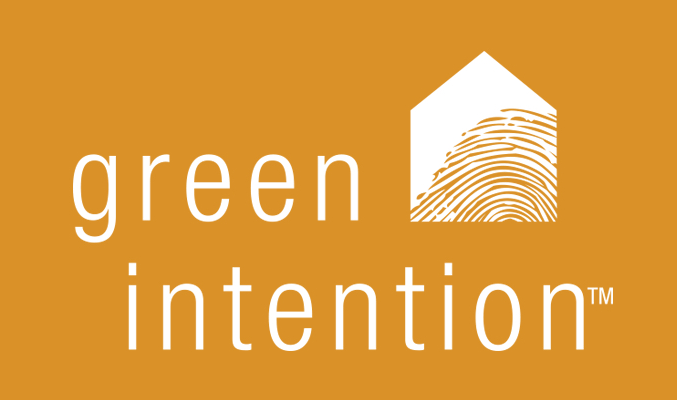As promised, the first tip is about developing an awareness of the issue, which for the next 3 months is ENERGY EFFICIENCY. (There will be a bit on water efficiency, but I’ll tackle that later.)
According to the US Department of Energy, homes are responsible for 22% of the total energy consumed in the country. The average annual energy bill in the US is $2,200 (DOE data form 2009); this includes gas and electric. What consumes all this energy?
To put this entire section on home energy efficiency in context, it is important to understand two things:
- How our homes use energy, and
- Where our energy comes from.
As the pie chart shows, heating and cooling is the biggest chunk, then water heating, appliances, lighting, electronics, and all others (which include small appliances like toaster ovens, coffee makers, as well as home audio, vent fans, and external power adapters). That’s good to know if you’re looking to prioritize investments and wanting to have an impact on your utility bills.
Most homes have both an electric bill and a gas bill. Typically gas is for heating the home and the hot water, but it varies greatly; electricity is for powering all the appliances, including air conditioning and refrigerators.
So – when was the last time you looked at your electric bill (other than at the amount due)? Is it comprehensible? Do you know how much you spend on electricity?
While there are all kinds of fees and charges, for the most part you are charged based upon the kilowatt hours (kwh) used. If there’s one thing you learn from this website, make it be this:
One kilowatt hour = one 100 watt bulb on for 10 hours, or
One kilowatt hour = a 2000 watt hair dryer on for 30 minutes
The average home consumes about 700 kwh per month. What do you consume?
And why do we care? When we use electricity, we are indirectly burning fossil fuels, depending on where you live and what utility services your home. In Minnesota through Xcel Energy, about 60%-70% of the electricity comes from burning coal (the remainder is a mix of nuclear, hydro, solar and wind). What’s wrong with burning fossil fuels (after all, coal and natural gas are abundant resources here in the U.S.)? Here’s what is released in the air when fossil fuels are burned:
- Fine particulate matter (particularly from coal). This causes respiratory illnesses, asthma, and smog, which can make it just plain unhealthy to go outside.
- Heavy metals – like mercury. You know the phrase “mad as a hatter”? People who worked on felt hats used mercury, and it affected their brain. They went crazy. That’s the story, anyway. But there is real scientific evidence that mercury causes neurological damage.
- Carbon dioxide (CO2) emissions – a significant greenhouse gas contributing to global climate change. CO2 emissions account for 83% of total greenhouse gases, and electricity generation is the single largest source of CO2 emissions from fossil fuel combustion. (Check out the EPA’s report on Inventory of U.S. Greenhouse Gas Emissions and Sinks for more of this wonky data!)
But isn’t natural gas better? According to the U.S. Environmental Protection Agency, when natural gas is burned, the average emissions rates in the United States from natural gas-fired generation are: 1135 lbs/MWh of carbon dioxide, 0.1 lbs/MWh of sulfur dioxide, and 1.7 lbs/MWh of nitrogen oxides. Compared to the average air emissions from coal-fired generation, natural gas produces half as much carbon dioxide, less than a third as much nitrogen oxides, and one percent as much sulfur oxides at the power plant. In addition, the process of extraction, treatment, and transport of the natural gas to the power plant generates additional emissions.
So, while natural gas emissions are currently a little cleaner than power plant emissions that rely on coal, burning natural gas is still burning a fossil fuel, whereas electricity can get cleaner and cleaner through the growth of solar and wind technologies.
One thing to point out is that even if you are uncertain about climate change, burning fossil fuels still pollutes the air. I hope most of us care about reducing air pollution so kids (and grown-ups) can go outside and play. But the other reason to care about lowering your energy consumption is simple: you will save money. And the next several weeks’ tips will show you how.
